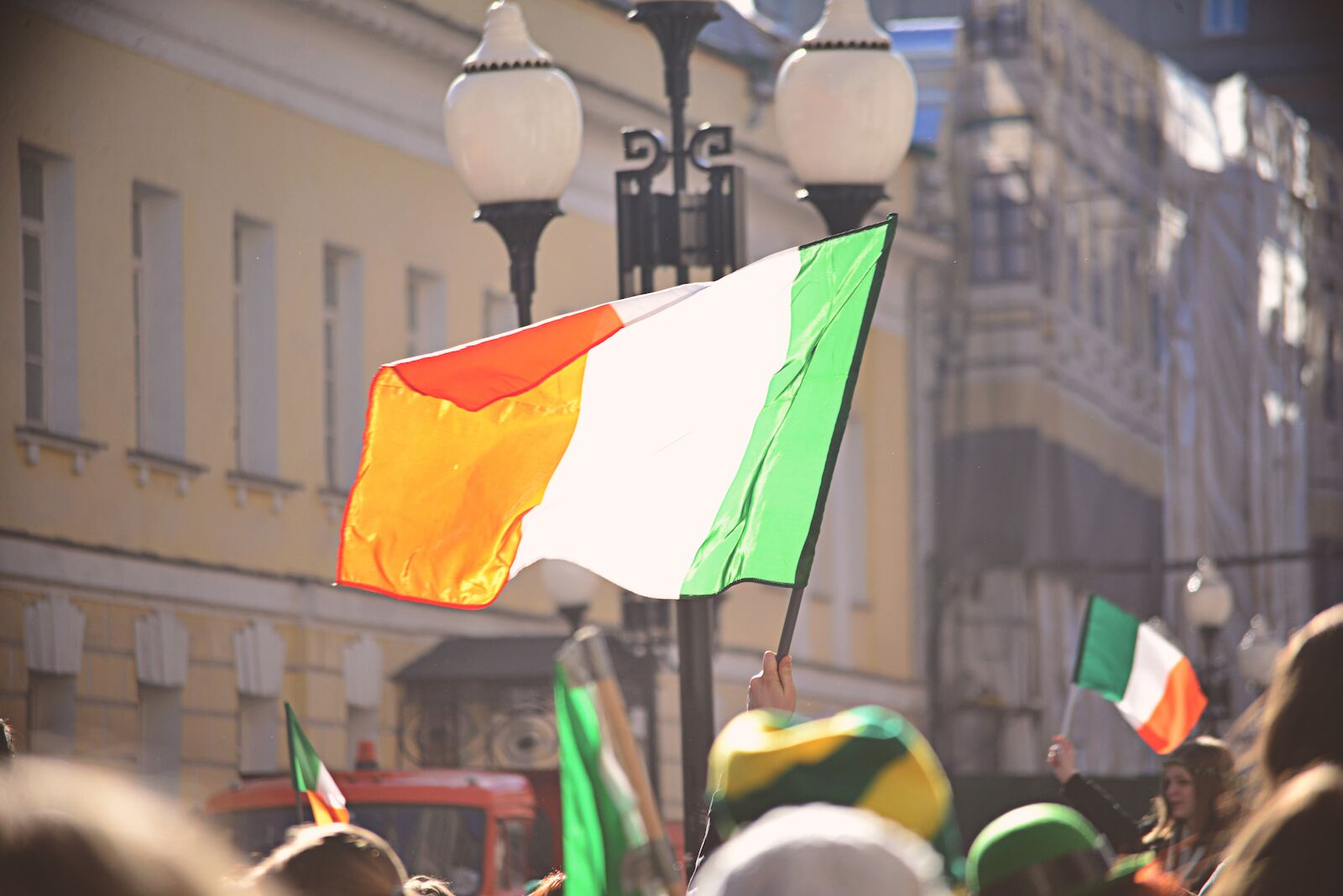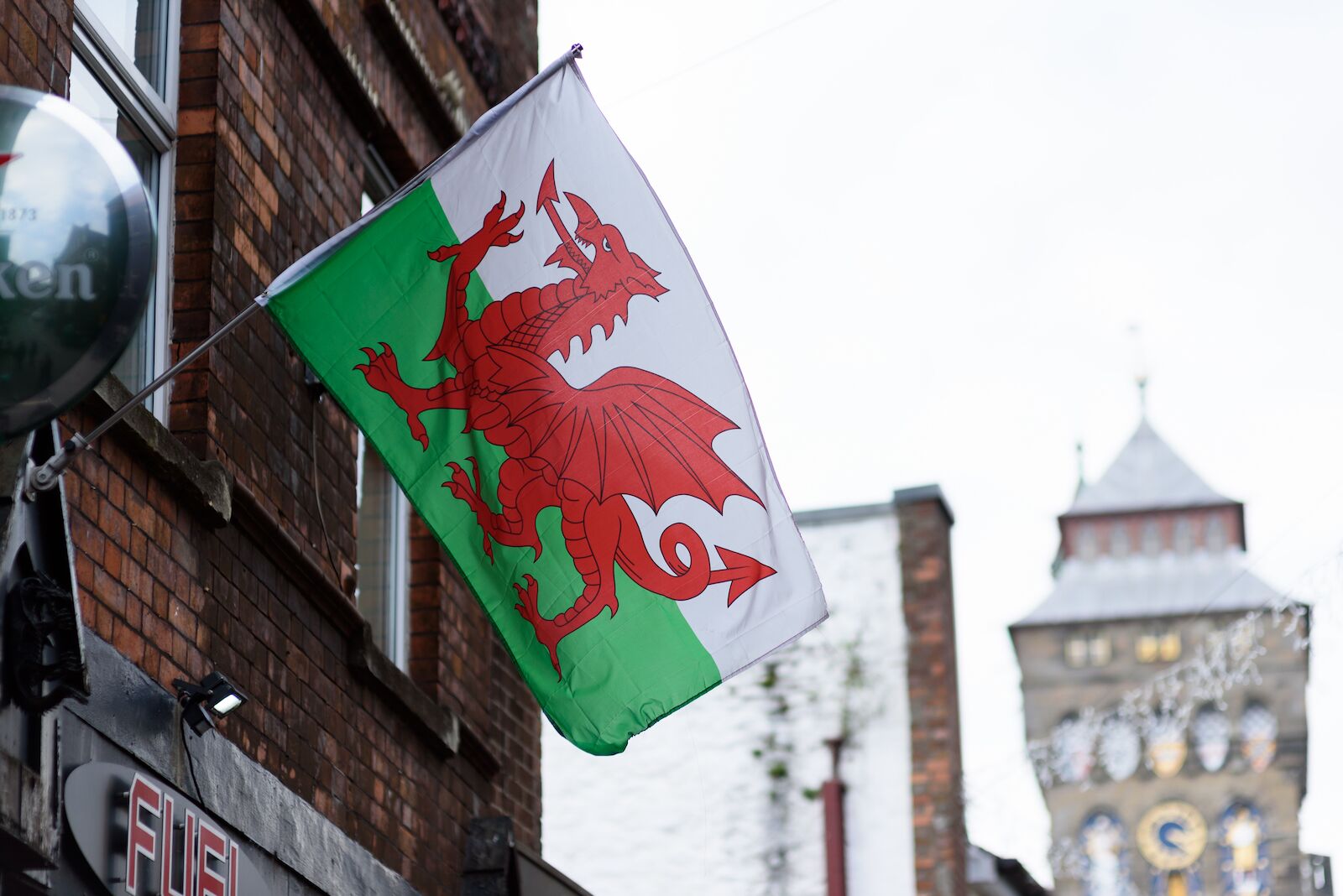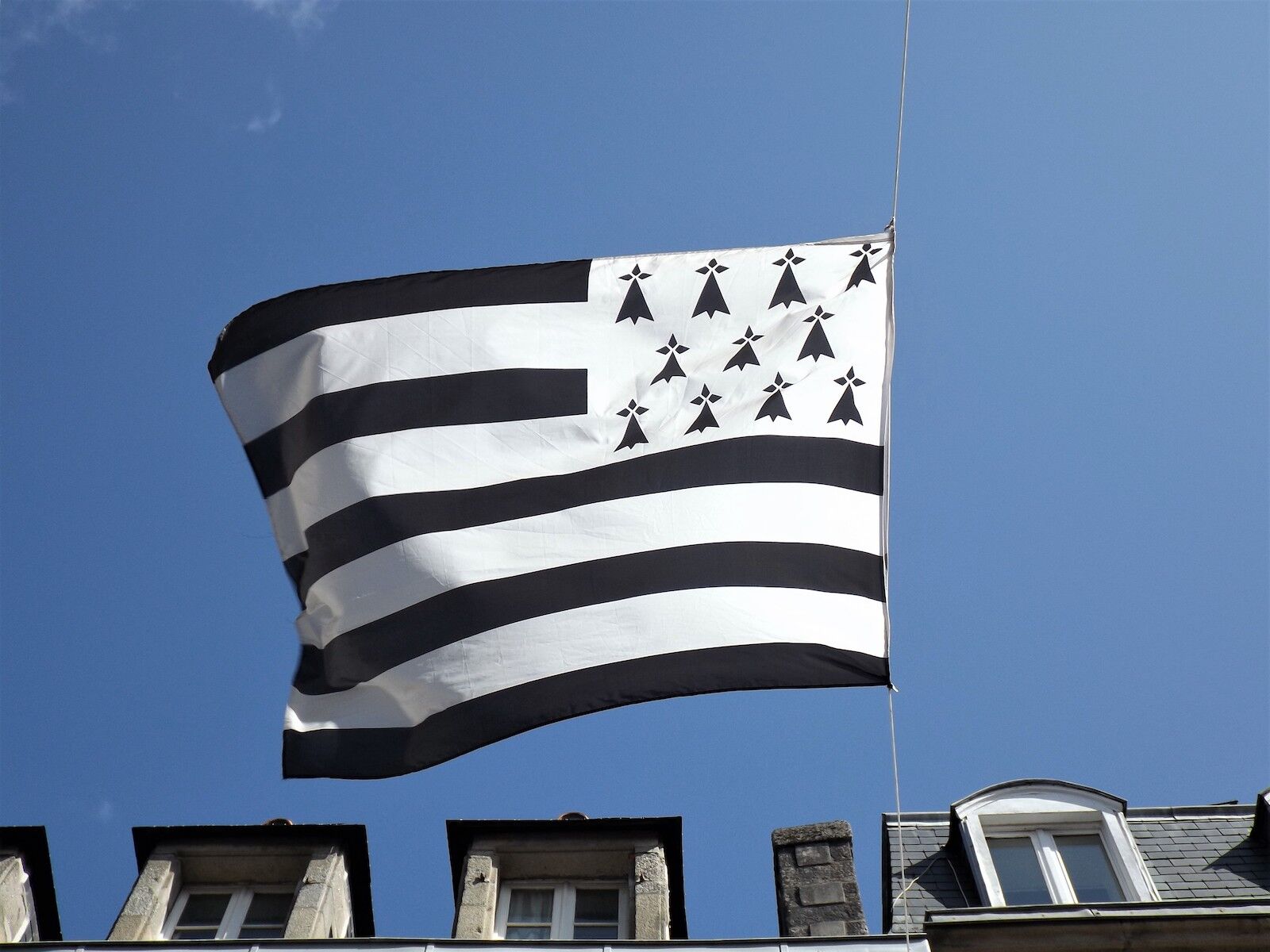Many people would struggle to name the six Celtic nations in the world: Ireland, Scotland, Wales, Cornwall, the Isle of Man, and Brittany. Even fewer would be able to place them on a map or explain the differences between each.
Among the most prominent distinctions between the six Celtic nations are the languages they speak (Irish Gaelic, Scottish Gaelic, Welsh, Cornish, Manx, and Breton, respectively) and the flags they fly. There are as many Celtic flags as they are Celtic nations, and each has its own significant color scheme and composition.
These are the six Celtic flags and the meaning behind each design.






